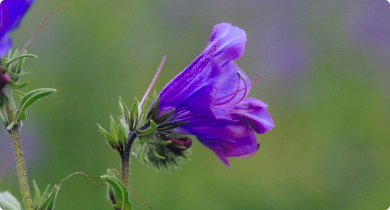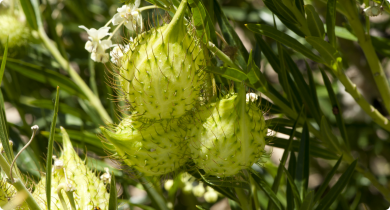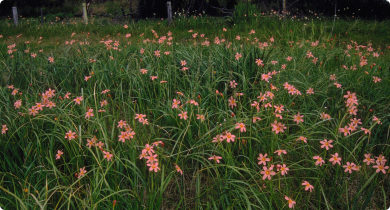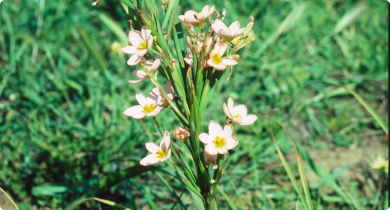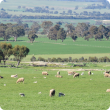Control methods
Pests, weeds and diseases (pests) pose serious risk for primary producers as they can impact on market access and agricultural production. Pest control is best achieved with an Integrated Pest Management plan using a range of biological, chemical, mechanical, physical or cultural control methods.
To reduce the impacts of pests, the Department of Primary Industries and Regional Development:
- works with landholders and grower/community/biosecurity groups on control
- provides diagnostic services and information on prevention, management and treatment
- provides biosecurity measures to prevent introduction, and to eradicate or manage current pests.
For advice on control methods search our website or contact our Pest and Disease Information Service (PaDIS).
Articles
Filter by search
Filter by topic
- (-) Remove Livestock & animals filter Livestock & animals
- Livestock management (4) Apply Livestock management filter
- (-) Remove Mechanical, physical and cultural filter Mechanical, physical and cultural
- Pests (2) Apply Pests filter
- State Barrier Fence (2) Apply State Barrier Fence filter
- Livestock species (2) Apply Livestock species filter
- Sheep (2) Apply Sheep filter
- Invasive species (2) Apply Invasive species filter
- Biosecurity (2) Apply Biosecurity filter
- Beef cattle (2) Apply Beef cattle filter
- Biosecurity & quarantine (2) Apply Biosecurity & quarantine filter
- Mites & spiders (1) Apply Mites & spiders filter
- Pest animals (1) Apply Pest animals filter
- Pest mammals (1) Apply Pest mammals filter
- Management & reproduction (1) Apply Management & reproduction filter
- Grains (1) Apply Grains filter
- Crops (1) Apply Crops filter
- Feeding & nutrition (1) Apply Feeding & nutrition filter
- Grains research & development (1) Apply Grains research & development filter
- Livestock research & development (1) Apply Livestock research & development filter

